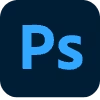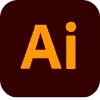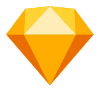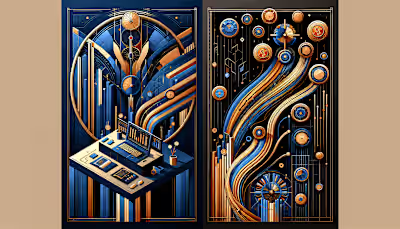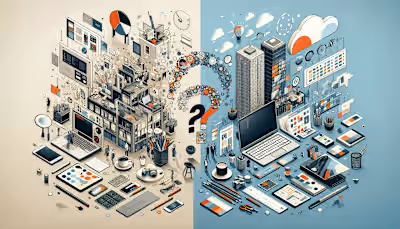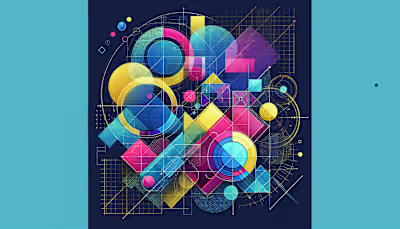Graphic Designer Specialties: Which Type Does Your Project Need?
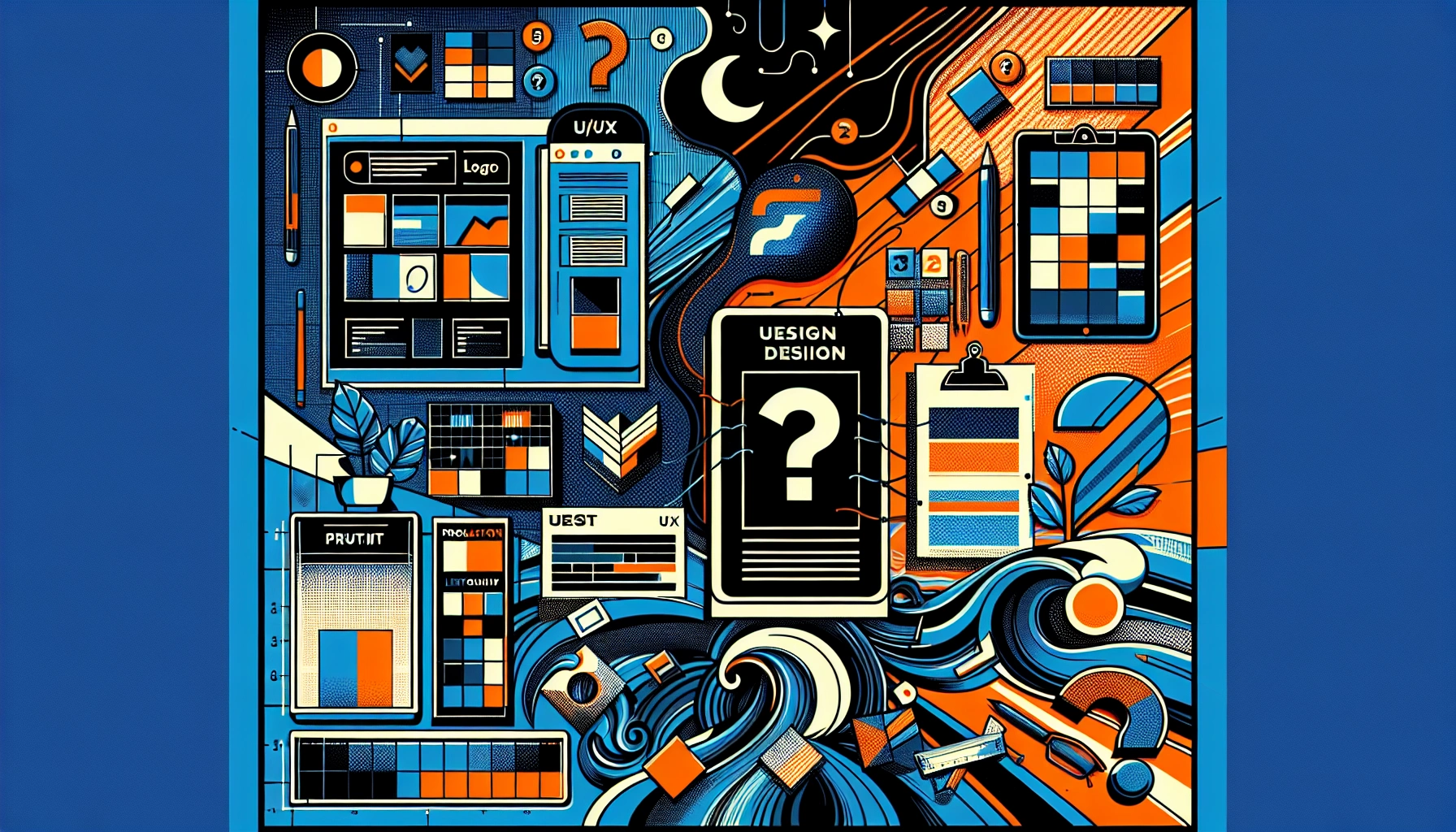
Graphic Designer Specialties: Which Type Does Your Project Need?
Why Different Specialties Matter
Signs You Need a Specific Specialist
1. Tight Deadline
2. Niche Industry Focus
3. Complex Project Scope
4. Distinct Branding Requirements
Top Types of Graphic Designers
1. Brand Identity Designer
2. Web and App Designer
3. Print and Publication Designer
4. Packaging Designer
5. Motion Graphics Specialist
6. Environmental Designer
7. 3D and Illustration-Focused Designer
Ways to Collaborate Smoothly With Specialists
Future Trends for Specialized Designers
FAQs about Graphic Designer Specialties
Why hire a packaging designer for a small product line?
Can environmental design apply to pop-up events?
What is the ideal portfolio size for a brand identity designer?
Final Takeaways
Graphic Designer Specialties: Which Type Does Your Project Need?
Why Different Specialties Matter
Signs You Need a Specific Specialist
1. Tight Deadline
2. Niche Industry Focus
3. Complex Project Scope
“The moment you hear the phrase ‘cross-functional handoff’ is usually the moment a generalist starts sweating.”
4. Distinct Branding Requirements
Top Types of Graphic Designers
1. Brand Identity Designer
"If you've ever received a 70-slide PDF explaining the correct usage of a logo, you've met a brand identity designer."
2. Web and App Designer
3. Print and Publication Designer
"A print designer will spot a misaligned baseline from across the room. And then fix it without saying a word."
4. Packaging Designer
5. Motion Graphics Specialist
"They’ll ask if your logo is vector—not to print it, but to animate it doing a 360 spin while emitting particles."
6. Environmental Designer
7. 3D and Illustration-Focused Designer
"The 3D designer will render a chair so realistic you’ll want to sit in it. The illustrator will draw a chair that tells a story."
Ways to Collaborate Smoothly With Specialists
Future Trends for Specialized Designers
FAQs about Graphic Designer Specialties
Why hire a packaging designer for a small product line?
"The dieline isn’t just a weird-looking outline—it’s how the box actually folds in the real world 📦"
Can environmental design apply to pop-up events?
What is the ideal portfolio size for a brand identity designer?
Final Takeaways
“If your designer sends you a layered PSD of a billboard, they probably don’t design billboards.”
Posted Apr 10, 2025
Graphic Designer Specialties: Find the right type for your project—branding, motion, packaging, or web—with expert tips on choosing the best fit.

